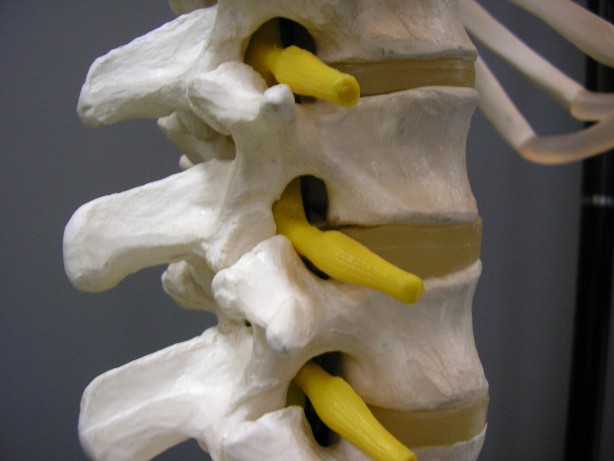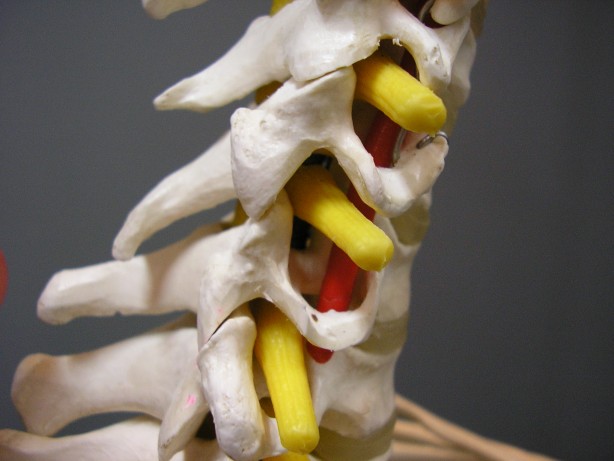Register & Learn More »
| Click on each step of the RM Process below to learn more: | |||||||||
 |
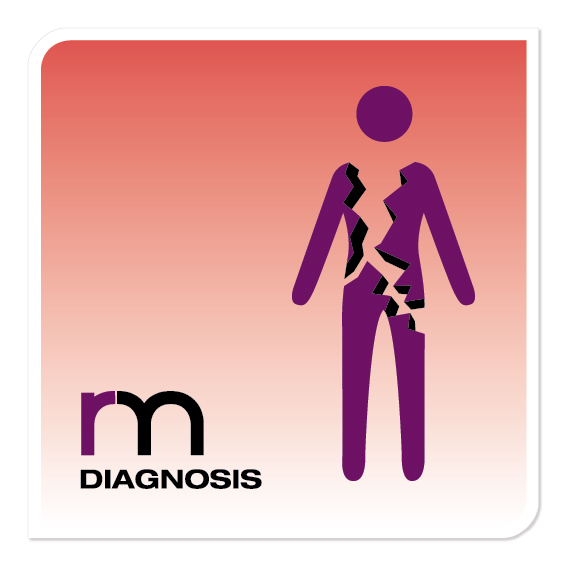 |
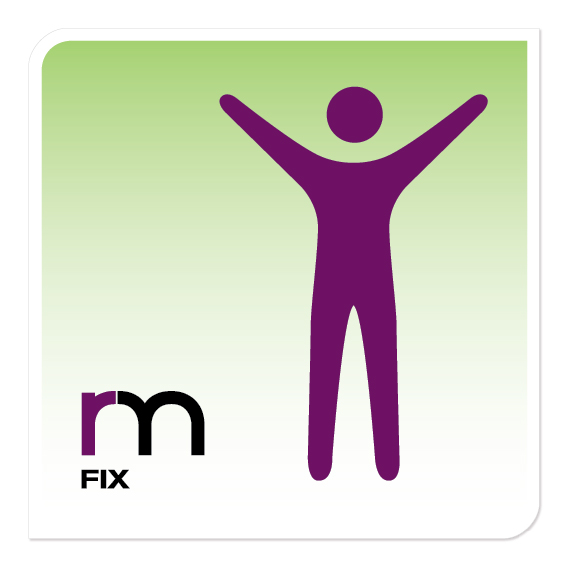 |
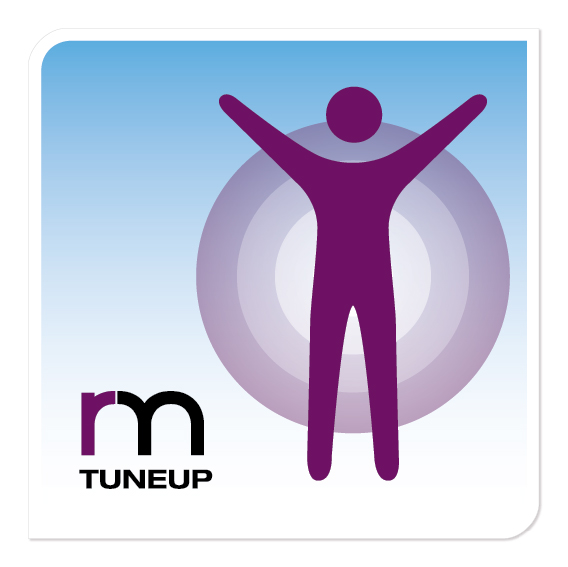 |
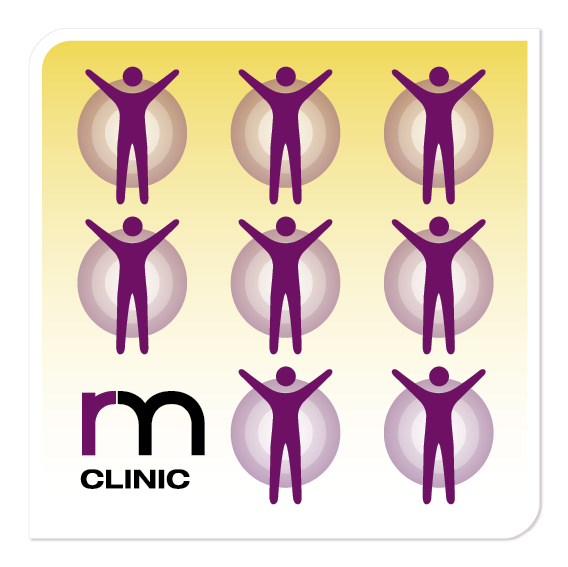 |
|||||
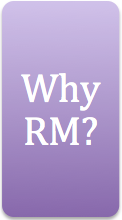  |
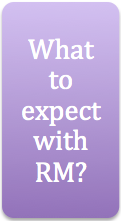  |
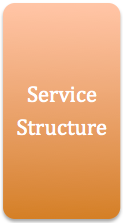  |
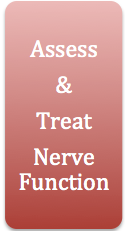  |
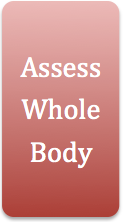  |
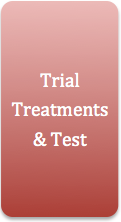  |
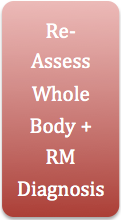  |
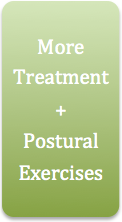  |
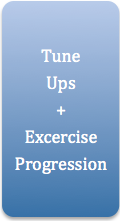 |
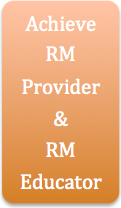 |
 |
|||||||||
Nerve Irritation Assessment & Treatment
Why Assess and Treat Nerve Irritation with RM?
- The most common reason we found for slow recovery from pain and injury and for recurring pain and injury - was the presence of nerve irritation which had not been tested and fixed
- *Research has shown that nerves are the most sensitive structures in the body. When they aren't gliding freely the body protects.
How are RM Nerve Irritation Tests & Treatment implemented?
- We make no assumptions about any condition, and whether it has nerve-gliding dysfunctions contributing, or not
- We know that nerves are the most sensitive parts of the body and 'muscles protect nerves'*... for this reason, when nerves are dysfunctional they are a priority to be fixed... we don't want any clients to have nerve-gliding dysfunctions slowing their recovery or causing their condition to recur... so we assess nerve dynamics throughout whole body for every client... we wouldn't want to miss something this important...
- We fix nerve dysfunctions with a unique approach evolved by RM using the most advanced research in nerve dynamics**...
- This approach leads clients to being more active sooner, reducing pain faster, and having more time for healthy activity and getting on with the important things in their life...
- Plus, this approach provides more confidence for a more rapid and long-lasting result...
- See below for more information about Nerve Irritation »
*Nerve trunk pain: physical diagnosis and treatment T.M. Hall, R.L. Elvey. Australian Journal of Physiotherapy. Volume 32, Issue 4, 1986, Pages 225–230... see abstract »
**Grieve's Modern Manual Therapy: The vertebral column. Edited by J. D. Boyling & G. Jull. 2004. 3rd Edition. Chapter 29. Management of mechanosensitivity of the nervous system in spain pain syndromes. Pages 413-431
What is a typical outcome with RM Nerve Irritation Treatment? |
|
Video Summary: Note: Individual results vary
|
Nerve Irritation | More Information
What is Nerve Irritation?
- Nerve irritation is a condition whereby a nerve becomes irritated by adjacent muscle/joint-structures/swelling/blood etc, most often this is at the most sensitive point where the nerves exits your spine at your neck or your lower back.
What causes Nerve Irritation?
- Most commonly nerve irritation occurs when a structure adjacent to the nerve becomes dysfunctional, swollen, inflamed and/or spasmed as a result of protective guarding, and accumulative strain to the structure. e.g. a joint, ligament and/or muscle.
What are the symptoms of Nerve Irritation?
- It is commonly known that nerve irritation can cause symptoms such as radiating pain down the arm or the leg, numbness, and pins & needles
- What is not commonly known is that nerve irritation can be a significant contributing factor to any musculoskeletal or sports pain, stiffness or injury... with or without the symptoms above
The solution? | How is it fixed?
- For most rapid results most nerve irritation requires specific manual therapy treatment1 from a registered health practitioner that is trained in these advanced techniques
- Rest is not normally helpful. Activity, such as stretching and exercise, may initially feel relieving, and usually aggravates with latent increase in symptoms.
- Symptoms may subside with long periods of rest, and commonly the symptoms recur with return to activity
- In severe cases prescribed medication can be helpful for the short-term
- Nerve irritation can be the most significant reason for slow recovery from pain and injury and for recurring pain and injury - due to nerve irritation not being tested and fixed
1Hall,T.M. & Elvey, R.L. (1999) Nerve trunk pain: physical diagnosis and treatment. Manual Therapy Masterclass, 4(2), 63-73
What can I do?
Nerve root irritation is problematic to deal with because it usually doesn’t usually follow the standard rules of normal treatment to most effectively resolve the condition.
Rest without good treatment often delays recovery significantly.
Sometimes it even feels good to try to stretch the arm or leg affected or to do some light exercise. This temporarily ‘warms up’ the condition and for this reason it doesn’t feel so bad. Unfortunately, by doing this you are actually aggravating the condition while it is warmed up and the pain comes back worse soon after you cool down, or in some cases, within a couple of hours or the next day.
- While the nerve irritation is present the best you can do is to prevent aggravating activities that further irritate. Specific details about prevention of aggravation are described below
- After the nerve root irritation has been fixed you can prevent recurrence by looking after the primary contributing factor (PCF). This is the reason for why the nerves got aggravated in the first place. In most cases this requires a change in postural habits, and improvements in muscle control. Ridgway Method Certified Practitioners are trained to help you with this
- If manual therapy treatment isn't helping quickly then we guide you to other investigations
The sooner you get good treatment the sooner you can be back to your activities.
While you are in the process of receiving good treatment and having the nerve irritation released, the best thing you can do in between sessions is avoid re-aggravation with limiting range of movements and minimal delay between sessions until fixed.
For most cases, until the nerve irritation is fixed, the following rules apply:
- NO stretching
- NO exercise, or limited exercise as guided by your RM practitioner
- DO NOT sit for longer than necessary
- DO NOT use the arm or leg in a stretched out position [no feet-up while sitting, no striding out with walking, no reaching behind to the back seat, no carrying in that arm or over that shoulder]
- DO NOT prop your head up with pillows to read/use a computer while lying on your back [lying on your side to read or having the laptop up high enough on cushions so you don’t have to prop up your head is OK]
- For the times you have to sit ensure you utilise the best possible ergonomic position, sit in a firm chair [like a dinning chair] and no sitting on couches
- For the times you have to drive ensure the seat is as close to the pedals as practical and your elbows are quite bent as you drive. Where possible get someone to drive for you, especially if you are having troubles using the stick or pedals [safety first]
- When you walk take small steps and do your best to try to avoid limping
All going to plan, you will only have to miss a few days of most of your regular life activities.
We will guide you, your family/significant others, your trainer and/or coach on how to best help you get back to your usual routine as quickly as possible.















